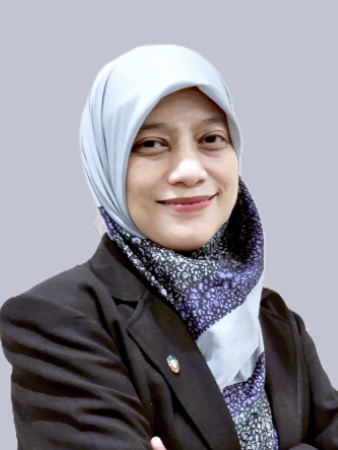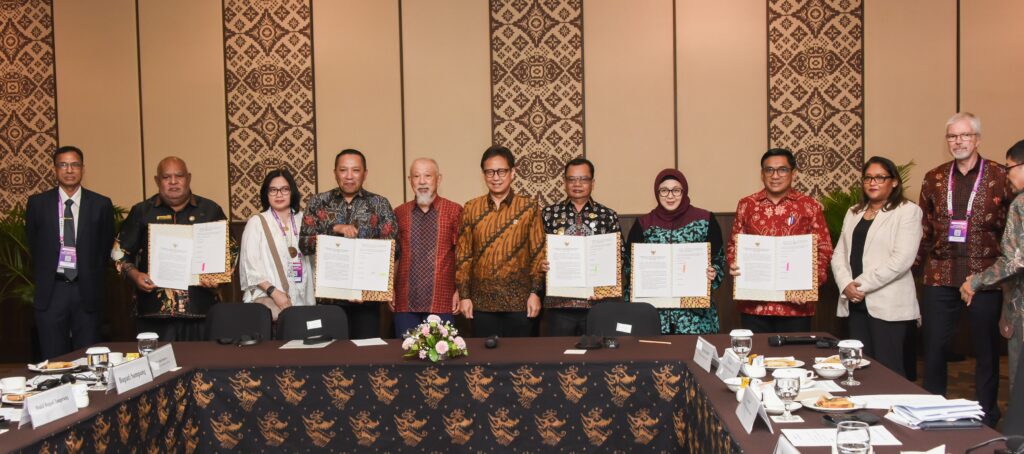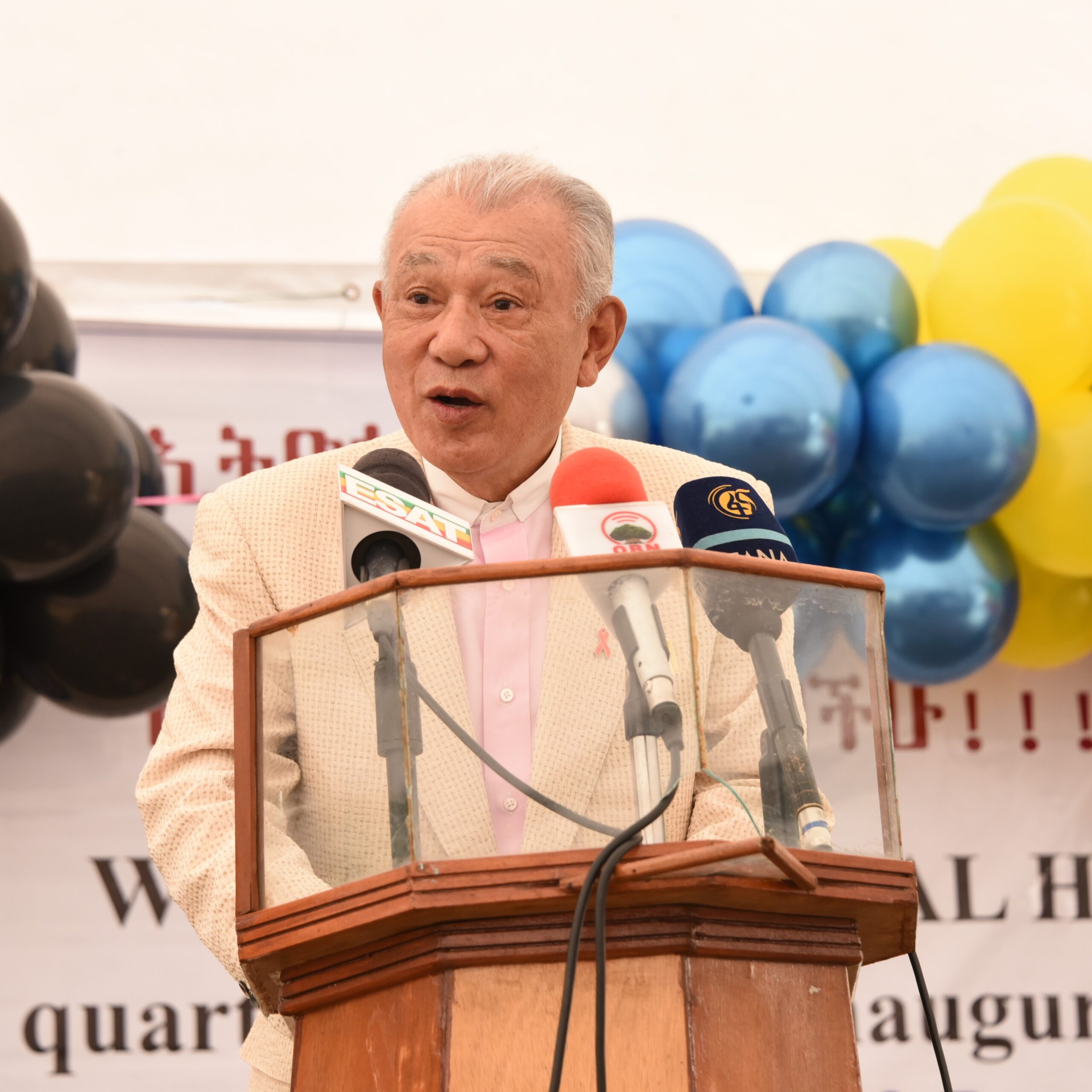
Dr. Ina Agustina Isturini
Director of Communicable Diseases
Ministry of Health of the Republic of Indonesia
Dr. Ina has a robust academic foundation in medicine and healthcare administration as well as over 20 years of practical experience. She has been leading efforts in disease prevention, mitigation, and control in her current position since October 2024.
Leprosy remains a public health problem in Indonesia. In 2024, 14,698 new cases of leprosy were detected, with a Case Detection Rate (CDR) of 5.24 per 100,000 population. Of these new cases, 90.5% were MB leprosy, 5.9% were grade 2 disability cases, and 9.7% were pediatric cases. These findings indicate ongoing transmission and delayed diagnosis. Globally, Indonesia is in third place for new leprosy cases after India and Brazil, accounting for 8% of all cases worldwide. Leprosy-endemic areas are predominantly located in eastern Indonesia.
The burden of leprosy in Indonesia is not limited to the high number of new cases, but also includes the number of disabilities caused by leprosy. Disabilities lead to decreased productivity and can become grounds for discrimination against patients and their families. When people with disabilities due to leprosy become dependent on others for mobility and financial support, they are more likely to experience living in poverty.
As outlined in “Ending the Neglect to Attain Sustainable Development Goals: A Roadmap for Neglected Tropical Diseases 2021–2030,” WHO has established the target of achieving leprosy elimination (interruption of transmission) by 2030 through the “Global Leprosy Strategy 2021–2030: Towards Zero Leprosy.” In alignment with this global framework, the Government of Indonesia is committed to attaining leprosy elimination in more than 100 districts/cities by 2030.
Leprosy elimination efforts in Indonesia are not without obstacles and challenges faced by the government and relevant stakeholders. These problems include delays in early detection, stigma and discrimination, and technical constraints such as the lack of capacity of health workers to diagnose leprosy. The involvement of communities and civil society organizations remains low, resulting in people not recognizing the signs of leprosy in themselves and those around them.
The Indonesian government continues to seek solutions to these obstacles. The problem of MDT drug availability has begun to be addressed with the provision of leprosy drugs through the state budget. The Leprosy and Yaws Information System (SITASIA) was introduced at the end of October 2024 to enable real-time leprosy reporting.
However, to achieve the 2030 elimination target, accelerated strategies and innovation are needed. Efforts such as early detection, standardized treatment, health promotion, and robust surveillance are essential. Several efforts have been undertaken by Indonesia to achieve leprosy elimination, including providing chemoprophylaxis in the form of a single dose of rifampin for contacts and integrating leprosy screening with the Free Health Checkup Program (CKG) and other programs.
On July 7, 2025, the Ministry of Health held a high-level meeting with relevant stakeholders to discuss strategies, challenges, and solutions to the obstacles Indonesia faces in its leprosy elimination journey. The meeting secured commitment from regional leaders and collaboration from various parties to ensure the successful implementation of the 2030 leprosy elimination program.
Furthermore, the Ministry of Health continues to advocate with provincial and district/city governments to strengthen commitment, secure inclusive policies, encourage community empowerment, and increase educational efforts to eliminate stigma and uphold the dignity of every individual affected by leprosy.

Press release about high-level meeting (July 7, 2025):
https://kemkes.go.id/id/kemenkes-ri-dan-sasakawa-health-foundation-perkuat-komitmen-eliminasi-kusta








-12.png)
